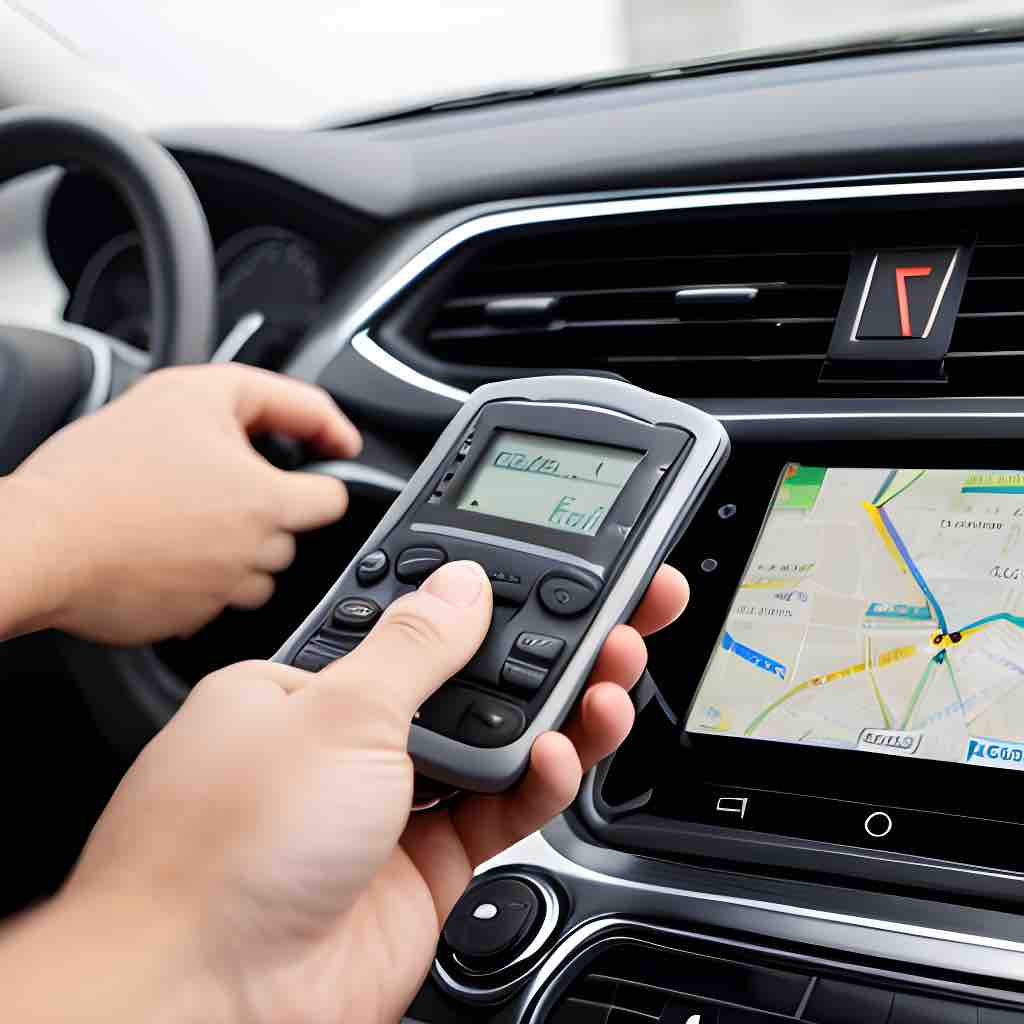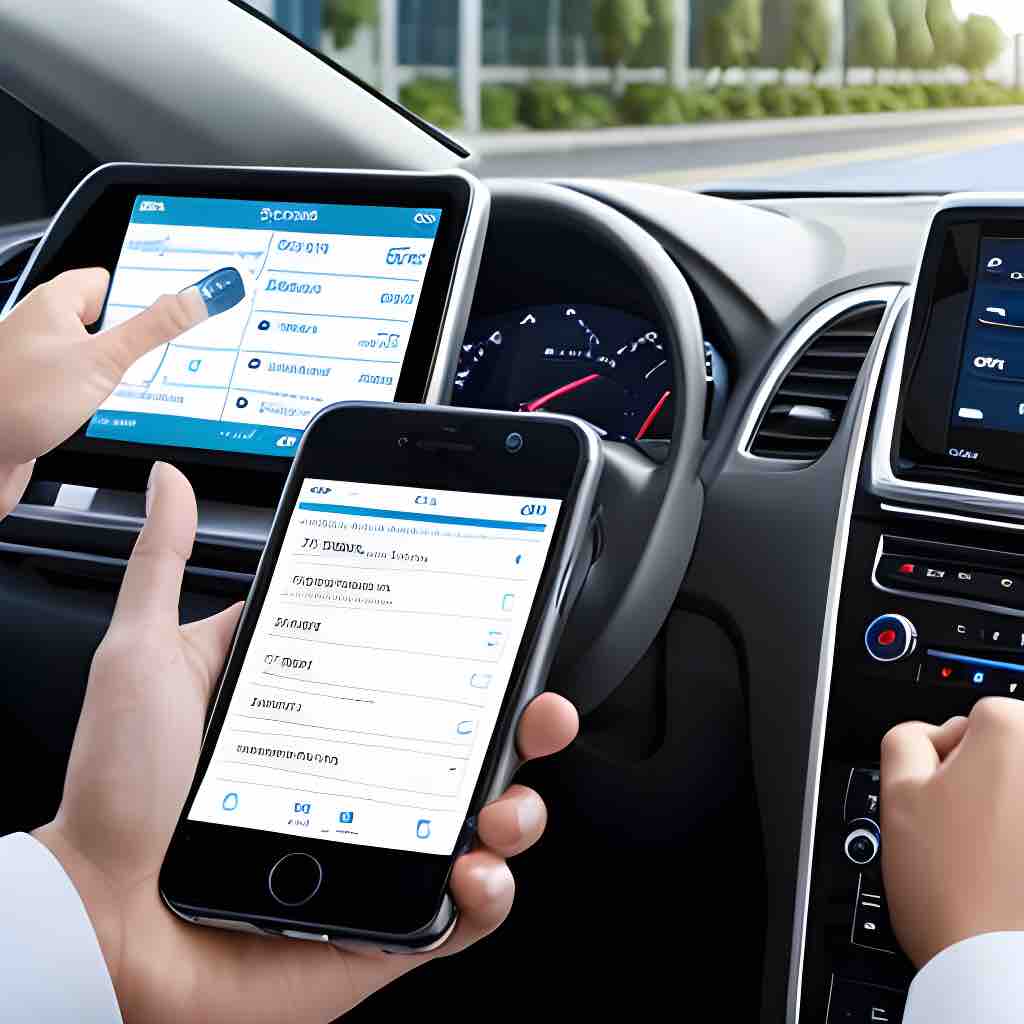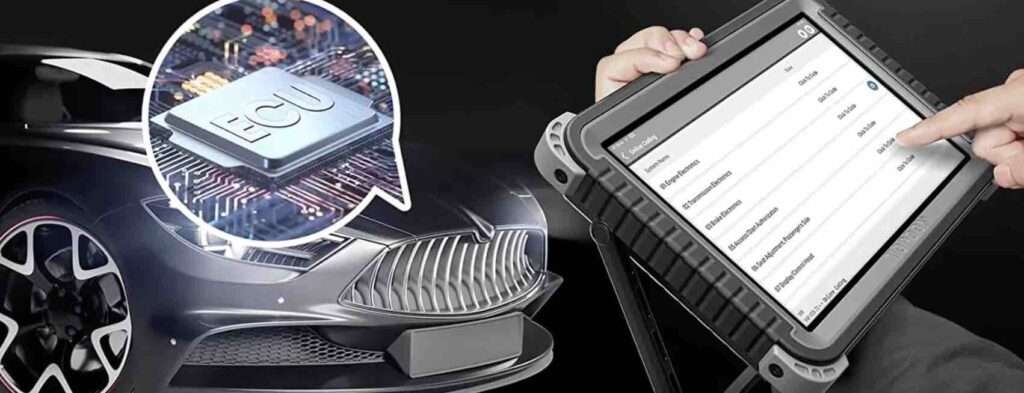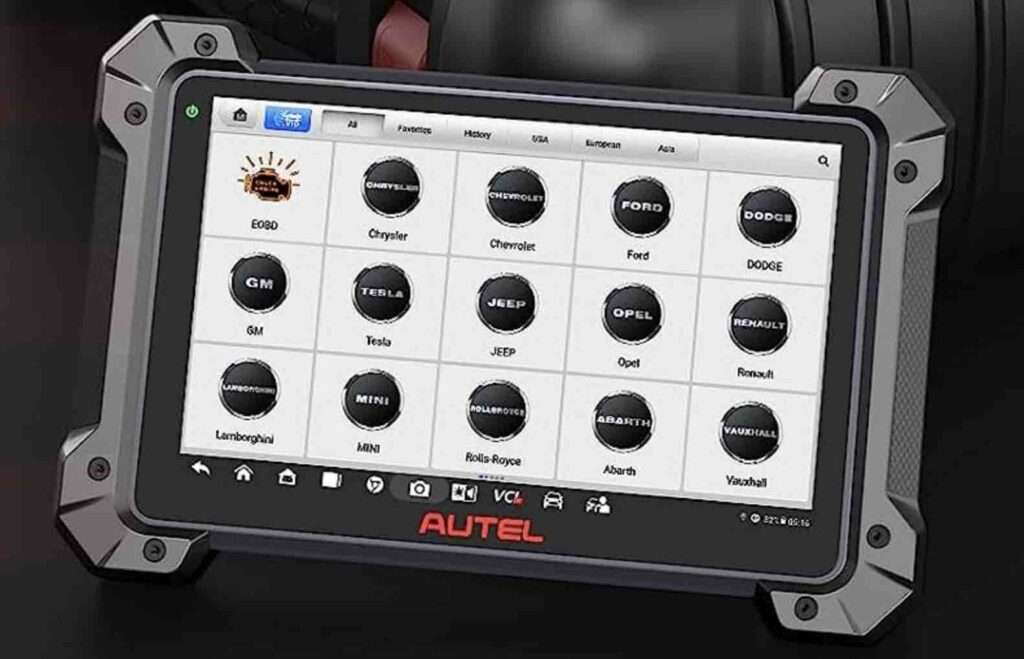The Evolution of Diagnosing Car Problems

Diagnosing car problems was once like unraveling an intricate mystery without clues for mechanics. To figure out what is wrong with a car when there is an error code on a car dashboard, the mechanic would spend endless hours prodding around under the car hood with limited success, often relying on instinct and prior experience for diagnosis and making possible problem cause conclusions. All that changed with the invention of the car On-Board Diagnostics tool (OBD), which is one of the earliest vehicle communication devices.
Introduction to OBD-II and Bi-Directional communication

OBD-I was first designed initially as a communication vehicle tool that offered a basic vehicle communication interface. However, it was largely manufacturer-specific, meaning different car brands had different diagnostic systems and codes.
But in the mid-1990s, OBD-II emerged to revolutionize vehicle-to-vehicle communication by monitoring multiple aspects of your car to pinpoint any issues; also alerting drivers with warning lights or diagnostic codes via its sophisticated “vehicle communication bus.
OBD-II had one major shortcoming compared to Bi-Directional communication – you couldn’t directly interact with or control its output. By contrast, mechanics could send commands directly into their vehicles using Bi-Di-Comm (an important advance in vehicle communication protocol), providing mechanics with a two-way dialogue with machines that were both interactive and informative.
The Importance of Understanding These Systems
Why all this effort? With cars becoming ever-more sophisticated and complex, communication vehicles have become not just useful but essential. OBD-II and Bi-Directional communication serve as the foundation of modern vehicle diagnostics, providing fast problem identification and resolution and informing everything from vehicle design, emissions control measures, legal standards, and their implementation – understanding these systems is key in today’s advanced automotive environment.

Understanding the OBD-II System
OBD-II stands for Onboard Diagnostics version II and is an important diagnostic tool found on most vehicles manufactured since 1996. Think of it like your vehicle’s internal health inspector, monitoring various systems and components before reporting any abnormalities via vehicle communication interface error codes. If anything malfunctions unexpectedly, OBD-II records its error code through the “vehicle communication interface.”
OBD-II systems play a central role in vehicle diagnostics. If your engine light comes on without OBD-II systems in place, without knowing exactly where or what the issue lies would leave you guessing, and inefficient repair efforts might ensue. With OBD-II registered trouble codes like P0171 being lean while P0300 being random misfires, mechanics are better equipped to quickly pinpoint issues quickly using “vehicle communication devices.”
As we consider the transition from OBD-I to OBD-II, its advances are clear. Consider OBD-I as only being understood by vehicles of the same make; each manufacturer had their own language, making cross-compatibility impossible. With OBD-II, however, vehicle diagnostics has advanced considerably by creating what has come to be known as an international language (the “Esperanto”) of vehicle diagnosis which ensures Honda P0171 codes indicate identical issues as Ford ones and vice versa providing consistency over OBD-I; otherwise never possible under OBD-I.
OBD-II systems deliver impressively comprehensive information. At first glance, basic details like vehicle speed or RPM may seem readily accessible; but in-depth details regarding various components – engine load, coolant temperature, fuel system status, or long-term trim can all be tracked using OBD-II data. In addition to emissions monitoring – such as catalytic converter or oxygen sensor monitoring to ensure emissions levels meet emissions regulations – OBD-II data provides invaluable troubleshooting resources and performance tuning potential, making OBD an indispensable resource in modern vehicle maintenance/repair operations.
An Introduction to Bi-Directional Communication
Bi-Directional communication marks an impressive advancement in vehicle diagnostics. This vehicle communication protocol goes far beyond traditional “listen-only” mode to allow technicians not only to read information from components within vehicles but also to send commands directly. Think of upgrading from a walkie-talkie to a smartphone; now, there is an open line for two-way conversation!
Bi-Directional communication has revolutionized vehicle diagnostics. Now mechanics can conduct active tests, control specific components or reset adaptive values without physically engaging these parts – almost like having an ongoing dialogue with their vehicle with commands being given and responses being received back from it!
Bi-Directional communication offers unparalleled control and interaction among numerous vehicle systems. Be it activating the fuel pump, testing power door locks, or telling an engine control module how much air/fuel mix should be mixed for combustion engine driving conditions; Bi-Directional communication offers unparalleled interaction and control.
A Look at Bi-Directional Scan Tools
Bi-Directional scan tools serve as translators between you and the vehicle to enable two-way communication. By sending commands over its “vehicle communication bus”, these scan tools help interpret any responses received back. Be it a routine check or a complex diagnostic task, these tools prove indispensable!
Bi-Directional communication opens a whole world of opportunities compared to OBD-II scanning alone. While OBD-II excels at identifying problems and providing error codes, Bi-Directional communication takes it one step further by enabling active troubleshooting and component control – for instance, instructing an ABS module to bleed brakes instead of having to do it themselves manually in an effort-intensive task!
The Pros and Cons of Bi-Directional Communication
Bi-Directional communication expands diagnostic capabilities immensely, enabling precise troubleshooting and control. However, its sophisticated functionality may prove challenging to navigate, while misuse could cause unwanted modifications or component damage – therefore, technicians requiring training must use these tools correctly and safely. The responsible use of this technology by trained technicians ensures safety, preventing misuse and undesirable outcomes.
Conclusion
Understanding OBD-II and Bi-Directional communication systems are central components of modern car ownership, not only because they revolutionized vehicle diagnostics but also because they led the way for further technological developments. With vehicles becoming ever-more connected and automated, we can expect even greater refinement and power in diagnostic capabilities as our vehicles become smarter than ever – not forgetting its implications on vehicle maintenance, emission controls, and road safety – evidence of automotive innovation thus far and promises of future breakthroughs to look forward to!



